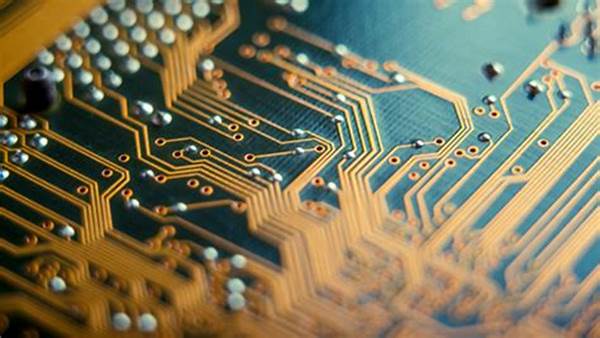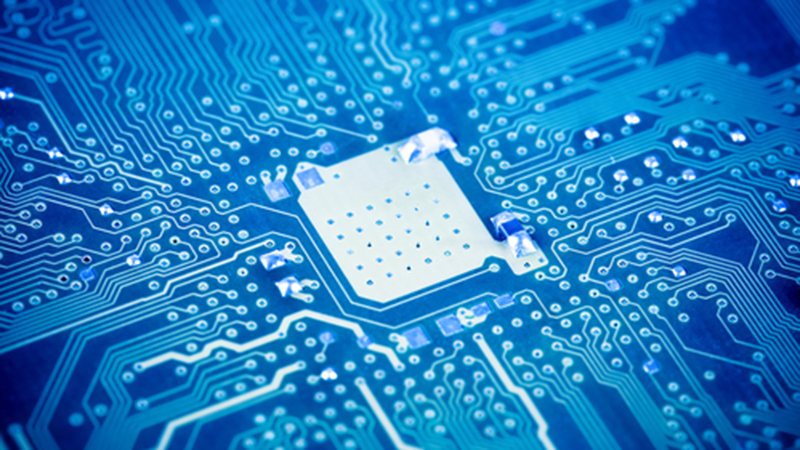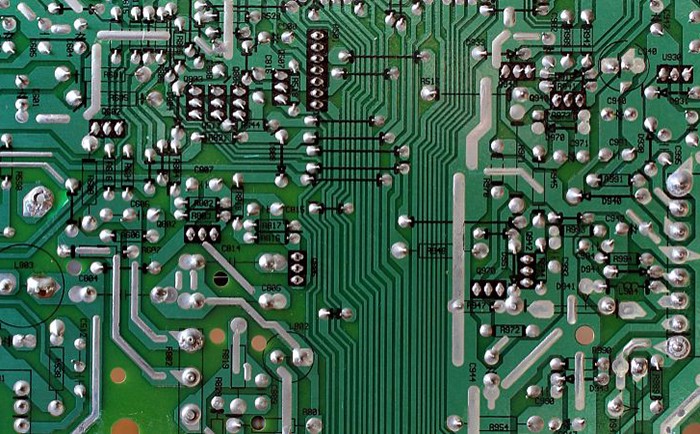
PCB layout of the power circuit
The power circuit is an important part of an electronic product, and the design of the power circuit is directly related to the performance of the product. The power supply circuits of our electronic products mainly include linear power supplies and high-frequency switching power supplies. Theoretically speaking, the linear power supply is how much current the user needs, and how much current is provided at the input end; the switching power supply is how much power the user needs, and how much power is provided at the input end.
linear power supply
Linear power supply power devices work in a linear state, such as our commonly used voltage regulator chips LM7805, LM317, SPX1117, etc. Figure 1 below is the schematic diagram of the LM7805 regulated power supply circuit.
Figure 1 Schematic diagram of linear power supply
It can be seen from the figure that the linear power supply is composed of functional components such as rectification, filtering, voltage stabilization, and energy storage. At the same time, the general linear power supply is a series regulated power supply, and the output current is equal to the input current. terminal, the current is very small, so I1≈I3. Why we talk about current is because the width of each line is not set randomly during PCB design, but is determined according to the current size between component nodes in the schematic diagram (please refer to Baidu "PCB Design Copper Platinum Thickness, Line Width and Current Relationship Table"). The magnitude of the current and the direction of the current flow must be clarified to make the board just right.
When designing a PCB, the layout of components should be compact, all connections should be kept as short as possible, and components and wiring should be laid out according to the functional relationship of components in the schematic diagram. In this power supply diagram, rectification first, then filtering, voltage stabilization after filtering, energy storage capacitor after voltage stabilization, and power to the subsequent circuits after flowing through the capacitor. Figure 2 is the PCB diagram of the above schematic, and the two diagrams are similar. The wiring on the left and the right is a little different. The power supply in the left picture is rectified and directly reaches the input pin of the voltage regulator chip, and then the voltage regulator capacitor. The filtering effect of the capacitor here is much worse. The output There are also problems. The picture on the right is a better picture. We not only need to consider the flow direction of the positive power supply, but also the ground return problem. Generally speaking, the positive power line and the ground return line should enter and exit at the same time as much as possible, and should be as close to each other as possible.
Figure 2 Linear Power Supply PCB Diagram
When designing the linear power supply PCB, you should also pay attention to the heat dissipation problem of the power regulator chip of the linear power supply. How does the heat come from? There is a voltage drop of 5V, and the heat generated is 2.5W; if the input voltage is 15V, the voltage drop is 10V, and the heat generated is 5W. Cooling space or reasonable cooling fins. Linear power supply is generally used in occasions where the voltage difference is relatively small and the current is relatively small, otherwise, please use a switching power supply circuit instead.

High frequency switching power supply
The switching power supply is to use the circuit to control the switching tube to conduct high-speed on and off, generate a PWM waveform, and use the electromagnetic power conversion method to adjust the voltage through the inductor and the freewheeling diode. The switching power supply has high power, high efficiency, and low heat generation. The circuits we generally use are: LM2575, MC34063, SP6659, etc. Switching power supply theory is that the power at both ends of the circuit is equal, the voltage is inversely proportional, and the current is inversely proportional.
When designing the switching power supply PCB, the points that need to be paid attention to are: the lead-in point of the feedback line and who the freewheeling diode is for. It can be seen from Figure 3 that when U1 is turned on, the current I2 enters the inductor L1. The characteristic of the inductor is that when the current flows in the inductor, it cannot be generated suddenly, nor can it disappear suddenly. There is a time process for the current to change in the inductor. Under the action of the pulse current I2 flowing through the inductor, part of the electric energy is converted into magnetic energy, and the current gradually increases. At a certain time, the control circuit U1 turns off I2. Due to the characteristics of the inductor, the current cannot disappear suddenly. At this time, the diode works Yes, it replaces the current I2, so it is called a freewheeling diode. It can be seen that the freewheeling diode is used for the inductance. The freewheeling current I3 starts from the negative terminal of C3 and flows into the positive terminal of C3 after passing through D1 and L1. This is equivalent to a water pump, using the energy of the inductance to increase the voltage of the capacitor C3.
There is also the problem of the introduction of the feedback line of the voltage detection. It should be fed back after filtering, otherwise the output voltage ripple will be larger. These two points are often overlooked by many of our PCB designers. They think that the same network is not the same where it is connected. In fact, the connection is different, and the performance impact is great. Figure 4 is the PCB diagram of the LM2575 switching power supply. Let's see where the wrong picture is wrong.
Why do we talk about the principle of the schematic diagram in detail, because the schematic diagram contains a lot of information for drawing the PCB, such as the access point of the component pins, the current size of the node network, etc. After seeing the schematic diagram clearly, the PCB design is not a problem. The LM7805 and LM2575 circuits represent the typical layout circuits of linear power supply and switching power supply respectively. When making PCB, you can directly follow the layout and wiring of these two PCB diagrams, but the products are different and the circuit boards are also different. Adjust according to the actual situation.









